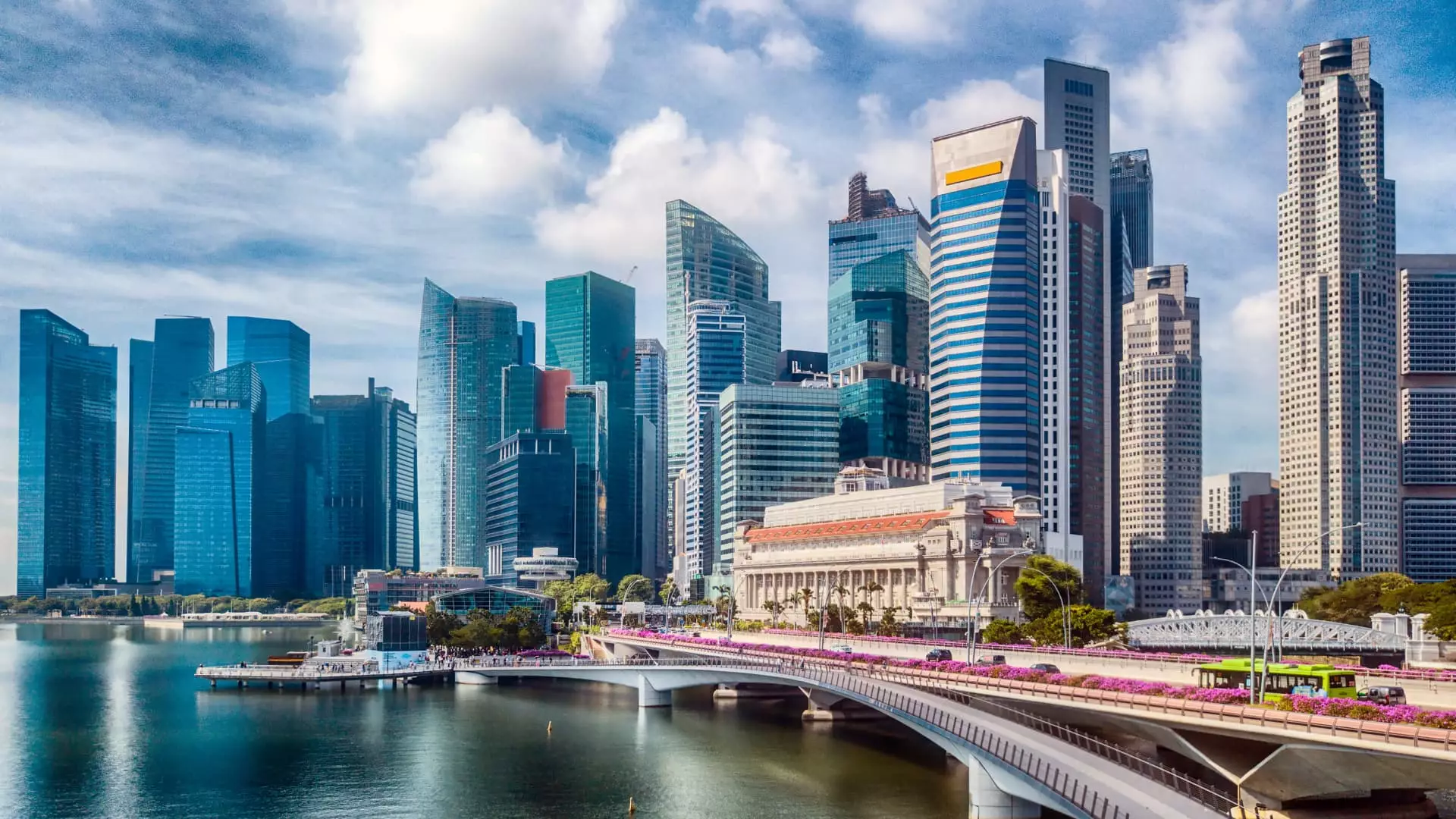As the world emerges from the clutches of the pandemic, the tourism landscape is changing dramatically. Where once Southeast Asia thrived on low-cost travel options and picturesque resorts, Singapore is stepping up with an audacious vision aimed not solely at footfall but at maximizing revenue from visitors. The Singapore Tourism Board has rolled out a strategic framework dubbed “Tourism 2040,” which seeks to elevate tourism revenue from an impressive $29.8 million to between $47 million and $50 million over the next 15 years. This ambitious shift is centered around nurturing two significant visitor segments: business travelers and stopover tourists.
What distinguishes this approach from traditional tourism marketing is its laser focus on converting arrivals into high-yield spending. Business travelers, especially those involved in what is termed the MICE sector—meetings, incentives, conventions, and exhibitions—are viewed as prime targets. According to the Minister of Sustainability and the Environment Grace Fu, MICE visitors are worth their weight in gold, significantly outpacing leisure travelers in spending. The prediction that the global MICE market will double in value over the next decade underscores the rationale behind Singapore’s bet on business tourism.
Singapore: A MICE Powerhouse
The forthcoming developments to enhance Singapore’s MICE capabilities add a layer of excitement to this strategy. A proposed new MICE hub in the downtown area is on the drawing board, promising not just to host events but also to cultivate a comprehensive ecosystem of influence and innovation. Melissa Ow, CEO of the Singapore Tourism Board, expressed that these events would foster meaningful connections between industry players, enhancing Singapore’s stature as the “World’s Best MICE City.”
This ambitious vision is already gaining traction, with the announcement of the largest MICE event in Singapore’s history—the Herbalife Extravaganza 2026. With an expected 25,000 attendees, this event encapsulates the potential for significant revenue generation and visibility on the global stage. As elder statesman of the MICE circuit, Singapore aims not just to participate but to lead.
Harnessing the Stopover Advantage
However, the vision extends beyond niche markets. The forthcoming completion of Changi Airport’s Terminal 5 in the mid-2030s is another cornerstone of Singapore’s tourism strategy. With passenger capacity expected to leap from 90 million to 140 million annually, Changi is set to solidify its role as a pivotal stopover hub. Ow mentions that a third of the airport’s current traffic consists of transit passengers, which positions it favorably to capitalize on layover travelers seeking more than just a few hours at the airport.
To achieve sustainable levels of growth, Singapore must not lose sight of leisure travelers, whose spending still plays a critical role in the economy. Recent developments suggest that the country remains committed to introducing top-tier attractions. The forthcoming Singapore Oceanarium, along with prestigious venues such as the Porsche Experience Center and an expanded Science Centre, underlines a commitment to true diversification of attraction types.
Cruising into New Markets
Diversifying tourism offerings is not limited just to traditional attractions; Singapore is also setting its sights on the booming cruise industry. High-profile partnerships, such as the upcoming Disney Cruise Line’s “Disney Adventure,” highlight Singapore’s readiness to attract international travelers eager for luxury and unique experiences. Adding a luxury superyacht by Ritz-Carlton to the mix only enhances the island’s allure as a world-class destination.
In addition to the cruise sector, Singapore is tapping into the burgeoning wellness tourism industry, a rapidly growing field driven by health-conscious travelers seeking rejuvenation experiences and quality longevity travel. Ow contends that Singapore’s unique position as a “city in nature” offers a distinctive selling point, promising visitors more than just urban excitement.
The Star Power of Events
Moreover, Singapore is capitalizing on its status as a host for high-profile entertainment events, including the controversial but economically beneficial series of Taylor Swift concerts. As officials noted, such landmark events create a ripple effect—boosting hotel bookings, restaurant patrons, and retail spend. With plans to host equally star-studded events featuring artists like Lady Gaga and K-pop sensations, the island is not merely a passive player but an active participant in shaping regional entertainment dynamics.
Moreover, opportunities for sports tourism are expanding with exciting prospects, such as hosting the NBA Rising Stars Invitational—a groundbreaking initiative aimed at engaging youth. With new venues opening soon, including an arena at Marina Bay Sands, Singapore’s commitment to leveraging both culture and sport will be crucial for ongoing visitor engagement.
Navigating the path to tourism prosperity is filled with challenges, especially in a competitive regional landscape. However, as Singapore pursues this multifaceted strategy, drawing on both traditional and innovative avenues, the potential to redefine its tourism narrative appears boundless.

